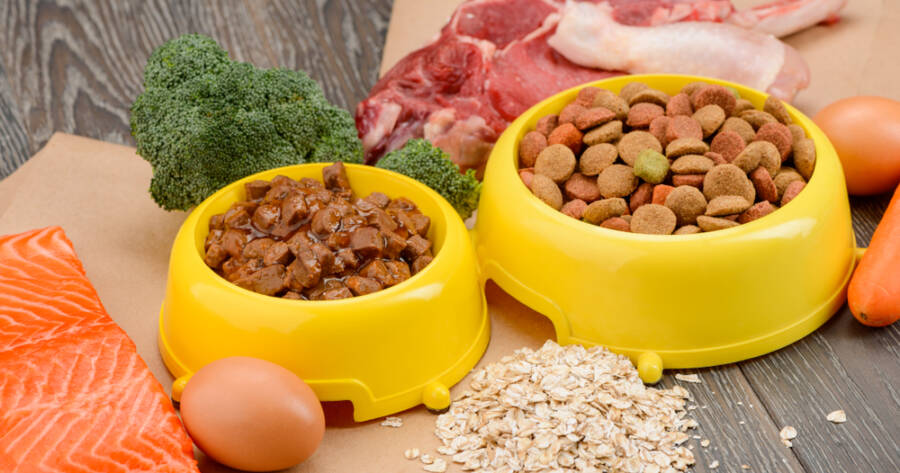Feeding pets a healthy diet is essential, but the cost of food can add up over time. Many pet owners wonder whether raw food or kibble offers better long-term savings. While kibble is often more affordable upfront, raw food proponents argue that it leads to fewer health problems, reducing veterinary costs. Understanding both options can help pet owners make the best financial decision.
The Upfront Costs of Raw Food and Kibble
Kibble is widely available and comes in many price ranges, making it a convenient choice for most pet owners. It can be purchased in bulk, which often lowers costs. Many brands also offer loyalty programs or subscription discounts, further reducing expenses. Additionally, kibble does not require special storage, making it easy to buy and keep in large quantities.
Raw food, on the other hand, requires more planning and preparation. Whether purchasing commercial raw food or preparing meals at home, the costs tend to be higher than kibble. High-quality proteins, fresh vegetables, and supplements contribute to these costs. Storage is another consideration, as raw food needs refrigeration or freezing. While initial expenses may seem steep, supporters argue that the benefits outweigh the costs over time.
Veterinary Costs and Health Benefits
Many raw food advocates claim that a natural diet leads to better health, reducing the need for frequent vet visits. Some pet owners report improvements in digestion, coat quality, and energy levels after switching to raw food. Healthier pets may require fewer medications and treatments, leading to savings on veterinary bills. However, scientific studies on long-term raw feeding benefits remain limited, and some vets warn of potential risks, including bacterial contamination and nutrient imbalances.
Kibble, especially high-quality brands, is formulated to provide balanced nutrition. Some options contain added vitamins and minerals to support overall health. However, some pets may develop allergies or digestive issues from certain ingredients in processed foods. If a pet requires prescription kibble for specific health conditions, the costs may rise significantly. In such cases, long-term expenses could outweigh the initial savings of feeding kibble.
Time and Convenience Considerations
For busy pet owners, kibble offers a hassle-free solution. It is easy to store, serve, and measure, making feeding time quick and simple. Many brands provide specialized formulas for different dietary needs, eliminating the need for extra meal planning. Since kibble has a long shelf life, it also minimizes food waste.
Raw food, in contrast, requires more effort. If preparing meals at home, pet owners must research and balance ingredients carefully to meet their pet’s nutritional needs. Even commercial raw food requires thawing and handling precautions to prevent contamination. The added time commitment and potential for food waste make this option less convenient for those with busy schedules.
The Impact of Bulk Buying and Subscription Discounts
One way to reduce long-term costs for both food types is through bulk purchasing and subscriptions. Many kibble brands offer discounts for auto-ship services, allowing pet owners to save money while ensuring they never run out of food. Some retailers also provide rewards programs, giving customers points or discounts on future purchases.
Raw food suppliers have started offering similar benefits. Some companies provide discounts for buying in larger quantities or subscribing to regular deliveries. However, storage limitations can make bulk buying more challenging. Freezing large amounts of raw food requires space and careful planning. For those without sufficient freezer capacity, this could limit savings potential.
Making the Best Financial Choice
Choosing between raw food and kibble depends on several factors, including budget, convenience, and long-term health considerations. While kibble generally costs less upfront, long-term savings depend on pet health and potential vet expenses. Raw food may provide health benefits that could reduce medical costs, but it requires careful planning and higher initial spending.
For pet owners looking to maximize savings, combining both options could be a solution. Some feed kibble as the primary diet while incorporating raw food occasionally for added nutrition. This approach balances cost and potential health benefits while minimizing the risks associated with an all-raw diet. Ultimately, the best choice depends on a pet’s individual needs and an owner’s financial situation.

